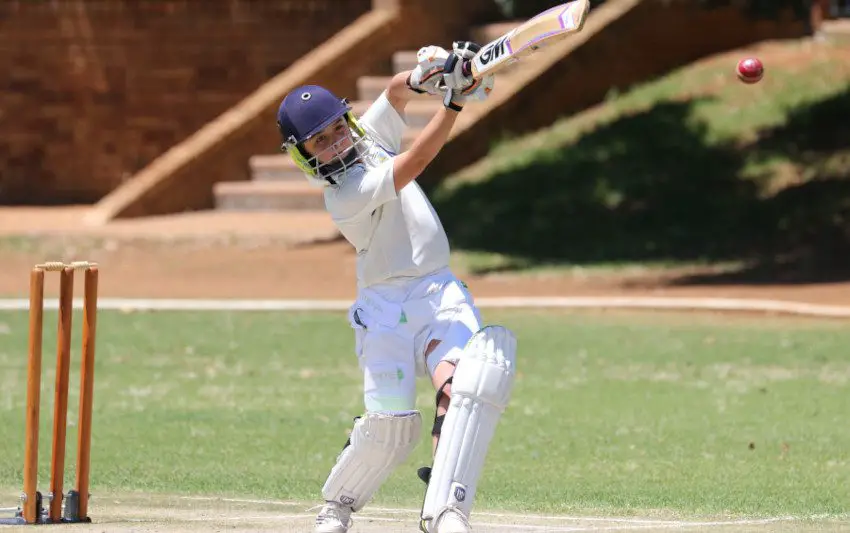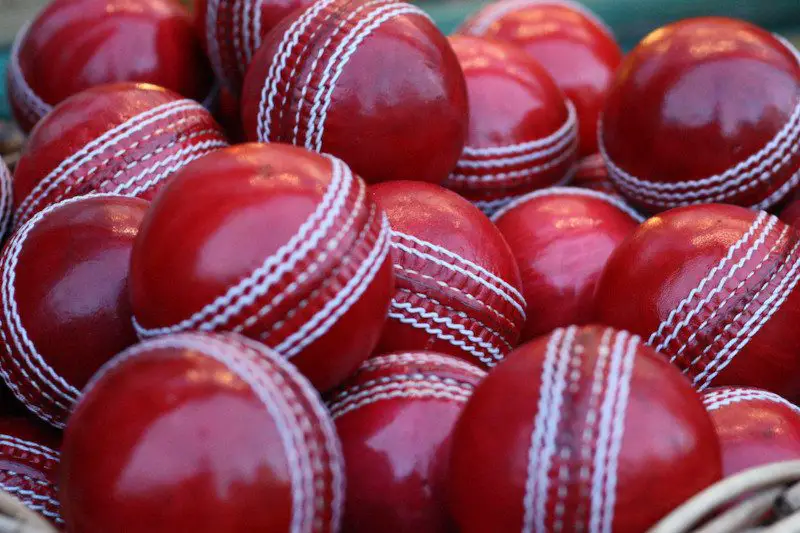Table of Contents
Players will be very lucky to escape an injury if they are involved with cricket for any length of time. For most of us, they are part and parcel of the game, so let’s now take a look at the more common types of cricket injury.
Most Common Injuries in Cricket
Upper Limb Injuries
Cricketers can suffer problems in the upper arms due to a number of conditions. In many cases, these can be impact injuries. If we think about it, we can probably all remember cases where a player comes into contact with the ground and damages their shoulder.
Shoulder strains and muscle strains in the upper arm are also common cricket injuries. While often arising as a result of impact, they can occur in other situations and can keep players off the field for some considerable time.
Rotator Cuff Injuries (Shoulder Pain)
A rotator cuff injury is one that occurs in the shoulder and it’s due to wear and tear over a period of time. It’s essentially caused by carrying out the same action over a number of years and it’s particularly common among bowlers.
There are four muscles in the shoulder and a rotator cuff injury can take place when any of these are torn or strained. Movement becomes painful, and it’s recommended that the player sees a physiotherapist as soon as possible.
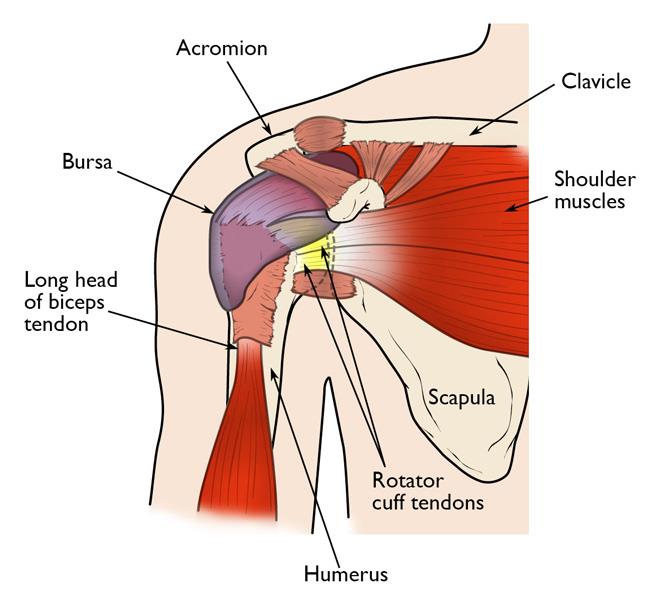
Hand / Wrist Fractures, Dislocation
Broken hands and fingers are the nemesis of batters all over the world. I can remember when Nasser Hussain was referred to as ‘poppadom fingers’ because they used to break so easily.
This is why so much technology goes into the development of cricket gloves as a preventative measure.
Gloves and arm guards help the batters, but fielders, particularly those who are close in, can still be at risk of fractures in the hand or wrist.
Throwers Elbow (UCL Sprain , Medial Epicondylitis)
The act of throwing the ball in from the boundary can put tremendous strain on the elbow over time. This is an actual medical condition with a name – Medial Epicondylitis.
It can be extremely painful if left untreated. Throwing becomes exceptionally difficult, while pain can also occur in other areas of everyday life.
Physiotherapy should really be sought immediately if this condition becomes evident.
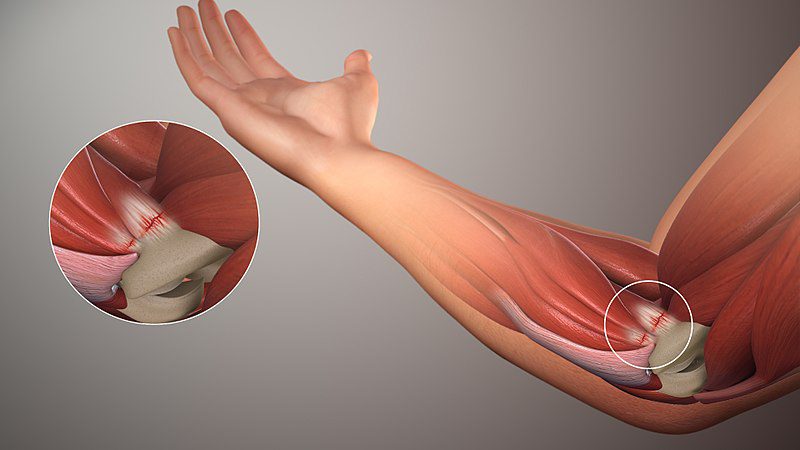
Abdominal Side Strain
This is a very painful condition which generally affects bowlers and it can keep them out of action for some significant period of time. Bowlers suffer more than most because their actions require them to bend to the side. This is unnatural and it puts a lot of strain on that part of the body.
Wear and tear over time can cause a side strain, but these can also occur if the player hasn’t adequately warmed up. They can keep players out of action for months and I can remember Ian Botham struggling with this type of injury during his later career.
Back Pain & Injuries
Professional cricketers will rarely suffer from generalised back pain. Their levels of fitness are such that they should avoid this type of injury. They may, however, suffer from stress fractures and this seems to be a common problem for fast bowlers in particular.
As I write this, a number of English pacemen, including Saqib Mahmood, Jofra Archer and Olly Stone have been working their way back to fitness after stress fractures of the back.
At club cricket level, more general back pain can occur. Personally speaking, I can recall batting for a longer period of time than usual in one game and I was in serious trouble with my back. Slips, close in fielders and wicket keepers could also struggle due to having to bend for longer than is natural.
Back problems can be common at this level, but they can be prevented by certain routines and I’ll come onto that a little later.
Lower Limb Injuries
Lower limb injuries are rarer when compared to issues with the upper body, but this remains a potential problem that all cricket players should be aware of.
Because of the way that the body tumbles, there is less chance of the lower half of the legs falling onto the turf. The knee can absorb much of the impact and we’ll come onto that area shortly.
Lower arm strains may occur when players stop themselves from falling. In general, the injuries can cover a range that we’ve covered through this update – strains, sprains, breaks and bruising.
Groin Strain
The groin is the area at the top of the leg, close to the abdomen and the pelvis. The muscles in the groin can commonly be strained due to a sudden twist that they weren’t prepared for.
Like hamstring injuries, groin strains can vary greatly in terms of their levels of severity.
Knee Injuries
Knee injuries can be the most problematic for any player. Readers may remember the case of Simon Jones, the England fast bowler who badly damaged his knee sliding on the turf in Australia.
Jones eventually returned to the England side and played a big part in the 2005 Ashes winning series. However, he was never quite the same and didn’t play again once that series had concluded.
Other players have suffered similar problems and sliding on turf to retrieve the ball can be a root cause. I’d advise to avoid this course of action. At club level, it really isn’t worth it.
Of course, knee issues can arise in other ways. The important thing to remember is that they can be very serious and, for the pros, they may even be career-ending.
Hamstring Strain
The hamstrings are muscles that run down the backs of the legs and they help the knee to bend. If they are loaded with too much force, they can be strained too far.
Hamstring problems can more commonly be caused by running too quickly from a standing start. This is why bowlers, batters and fielders can be susceptible to them.
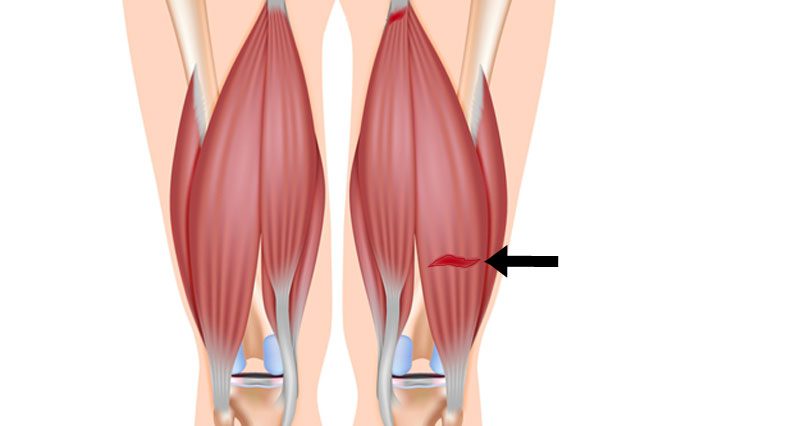
Ankle Sprain
While it may not be immediately obvious, the ankle has a big part to play in modern day cricket. This is another part of the body that is put under most pressure by the bowlers. As they land on the crease in their delivery stride, the ankle absorbs a lot of their weight crashing down.
If that ankle were to twist as it hits the turf, this can lead to ankle sprains. This is where the ligaments and/or the soft tissue gets damaged. In some cases, these can be remedied with ice baths or ankle braces, but the worse case scenario is that physiotherapy and alternative treatments may be needed.
Contusions
Contusions are more commonly referred to as bruises. They are among the less serious cricket injuries but they can sometimes cause players to miss games.
Bruises will be usually be caused by impact with the ball. They can, however, also arise through contact with the turf or possibly another player. Bruises are usually minor and won’t cause a player to miss a game.
How to Prevent Injuries in Cricket?
There are times when injuries will be unavoidable, but there are a number of ways in which we can all reduce the risk.
Warm up Before Playing
This is basic advice but it’s surprising how many club cricketers forget to do this. I’ll be covering warm up exercises in more detail very shortly, but there is much that can be done and it isn’t too strenuous.
Essentially, it all starts with a slow walk and gradually builds up to quicker sprints. Specific stretches which are targeted at key areas of the body are also covered.
Cool Down and Stretch after Playing
The cool down after playing is just as important as the warm up. There are subtle differences between the two, but the exercises involved are very similar.
A typical cool down routine would start with a light jog before finishing with a series of stretching.
Wear the Right Gears – Protective Equipments
Impact injuries can often be prevented when we wear adequate protective equipment. All professional cricketers now wear a helmet and it’s good to see this filtering down to club level.
When batting, look to buy the best quality gloves and pads to fit within your budget. Arm guards, thigh pads and chest guards may not be essential, but they can help to prevent injuries in the areas which they cover.
Fielders should also pay attention to protective clothing. Under the laws of cricket, outfielders are not allowed to wear gloves, but shin guards can help to prevent injury for those fielding close to the bat.
Training and Conditioning
The stronger the body happens to be, the better chance you will have of avoiding unnecessary injury. Strength training takes things to a much higher intensity level than players will experience during the warm ups.
This is another area which can be covered more extensively in a separate article, but the programmes would typically include:
- High Intensity Shuttle Runs
- Hamstring Curls and Squats – the type that can be seen with Nordic training
- Specific exercises to strengthen core muscles
It’s all about strengthening the key parts of the body that are essential for playing cricket. This level of training and conditioning can also help to build up areas where there is a pre-existing injury or weakness.
Visit a Physiotherapist if Necessary
If the worst happens and injury does strike, it’s time to get in touch with a medical professional. For breaks and fractures and certain other issues that happen after the event, emergency assistance should be sought while, for more minor problems, a GP can help in some cases.
However, for preventative treatment, it pays to see a physiotherapist. They can look at any area where the player may have a weakness and they will work to build up strength and to help prevent any problems from happening in the future.
A physio really is the best placed to offer treatment and advice on the best course of action.
Conclusion
There should be some extremely helpful tips here to cover a number of potential injuries that can happen on the cricket field. At any level of the game, if a player has completed their career without taking some time off due to injury, they have been very lucky indeed.
We can all be unfortunate and injuries can strike at any time. In some cases, this is unavoidable, but it can be surprising to learn just how many problems could have been prevented.
The message is to be aware of all the potential problems, but take all the preventative steps that you can. That’s the best way to help you stay on the cricket field for as long as possible.

